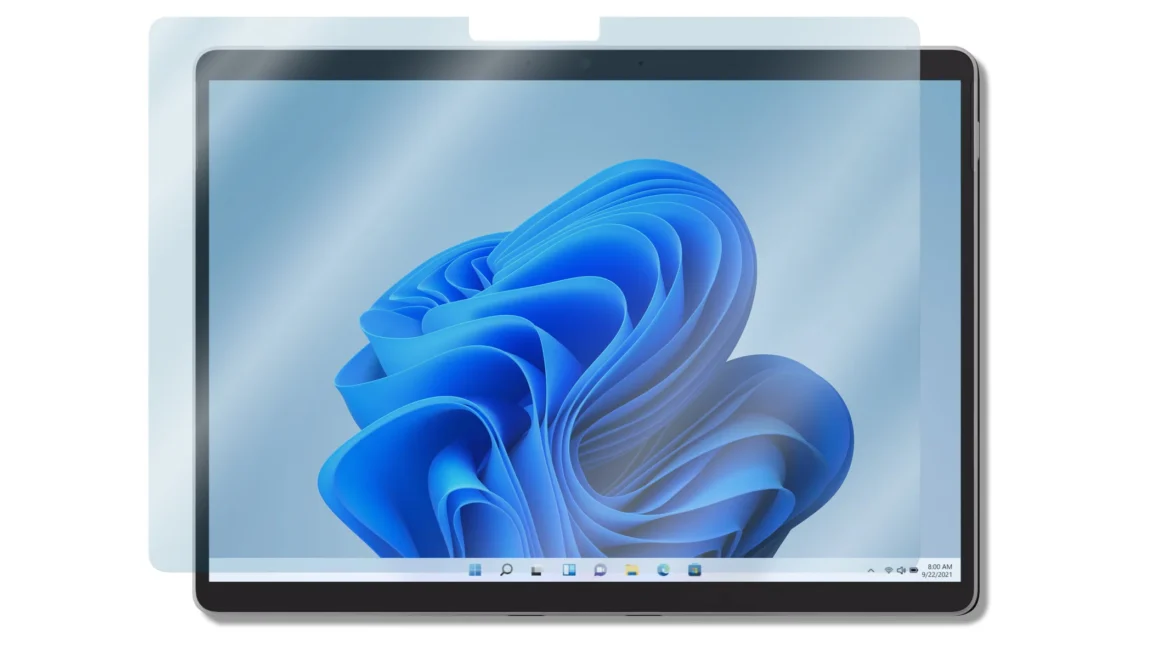In our digital-first world, people spend countless hours interacting with screens for work, entertainment, communication, and learning. While technology brings undeniable convenience, it also introduces challenges—especially for eye health and sleep quality. One of the major concerns linked to screen use is exposure to blue light, a high-energy wavelength of visible light emitted by screens. Prolonged exposure can lead to digital eye strain, fatigue, and even disrupted sleep cycles. As a result, many consumers are turning to blue light blocking solutions, particularly screen filters, to mitigate these issues.
One popular and effective solution is a blue light screen protector. These filters are designed to minimize the amount of harmful blue light emitted from your devices, helping to protect your eyes and support better overall well-being. However, before making a purchase, it’s important to understand the different factors that determine the quality and effectiveness of a screen protector.
What Is Blue Light and Why Is It Harmful?
Blue light is part of the visible light spectrum with a short wavelength and high energy. While it occurs naturally in sunlight and helps regulate our circadian rhythm, the artificial blue light from digital devices—phones, tablets, laptops, and monitors—can be problematic when consumed in large doses, especially in the evening.
Research has linked excessive blue light exposure to digital eye strain, characterized by symptoms such as dry eyes, blurred vision, and headaches. More critically, blue light can interfere with the production of melatonin, the hormone responsible for sleep regulation, leading to difficulty falling or staying asleep.
Key Features to Look For in a Blue Light Blocking Screen Filter
When choosing a blue light screen protector, not all products are created equal. Here are the essential features you should look for:
1. Blue Light Filtering Range
The effectiveness of a screen filter depends largely on its ability to block the most harmful blue light wavelengths, typically in the 400–450 nm range. Make sure the product clearly states its filtering capabilities, ideally backed by lab testing or certifications.
2. UV Protection
Some high-quality screen protectors also offer UV protection. Ultraviolet rays, though less prominent indoors, can contribute to long-term eye damage. UV-blocking capabilities add an extra layer of defense, especially for users near windows or bright lights.
3. Anti-Glare and Anti-Reflective Coating
Glare from overhead lighting or sunlight can further strain the eyes. A good blue light filter should include an anti-glare or matte finish to reduce screen reflections, making it more comfortable to look at the screen for extended periods.
4. Compatibility and Size Options
Ensure that the filter you choose is compatible with your device’s screen size and shape. Whether you use a 13-inch laptop, a 27-inch monitor, or a tablet, proper sizing is crucial for both functionality and aesthetics.
5. Clarity and Color Accuracy
One concern with some low-quality blue light filters is a noticeable yellow or orange tint that distorts screen colors. While some color shift is natural due to the filtering process, high-end products strike a balance—reducing blue light while maintaining screen clarity and accurate color representation.
6. Ease of Installation and Reusability
Some screen protectors are designed for permanent installation, while others can be easily attached and removed. Consider your needs—if you switch between devices or share your screen often, a removable option might be more convenient.
Who Should Consider Using One?
While everyone can benefit from reduced blue light exposure, some users may find a screen protector particularly helpful:
- Remote workers and professionals who spend long hours in front of computers
- Students attending virtual classes or doing online research
- Gamers and streamers exposed to screens for extended periods
- Night owls or individuals with disrupted sleep patterns
Even children using tablets or smartphones for learning or play can benefit from blue light filtering to protect their developing eyes.
Additional Tips to Enhance Digital Wellness
While a blue light screen filter is a solid step toward eye protection, it should be part of a broader strategy for digital wellness:
- Use built-in device settings like “Night Shift” or “Night Light”
- Practice the 20-20-20 rule: every 20 minutes, look at something 20 feet away for 20 seconds
- Adjust screen brightness to match your environment
- Limit screen time before bed
Conclusion
Investing in a blue light blocking screen filter is a smart, proactive measure to safeguard your vision and support better sleep hygiene in today’s digital age. However, not all filters offer the same benefits. By understanding the key features—such as filtering range, anti-glare coatings, and screen compatibility—you can make a more informed purchase that suits your lifestyle and screen usage habits. A reliable blue light screen protector will not only ease eye strain but also promote overall digital well-being as screen time continues to grow.
